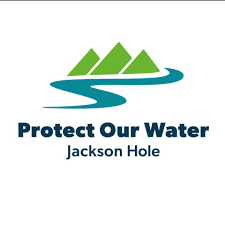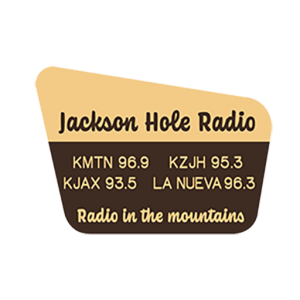
Protect Our Water Jackson Hole (POWJH), a leading advocate for clean water in the Tetons, has filed a formal complaint with the Wyoming Department of Environmental Quality (DEQ) on September 25th, 2025, demanding an investigation into nitrate contamination in Pub Place groundwater. Levels exceeding the EPA’s 10 mg/L standard threaten public health, particularly infants and pregnant women, and stem from aging septic systems in a densely developed area. This action builds on POWJH’s track record of successful water quality advocacy, including prompting DEQ probes in Hoback Junction. For more on Teton County’s environmental challenges, see Jackson Hole’s water conservation efforts.
The Nitrate Crisis in Pub Place: Exceeding Safe Limits
In 2024, the Pub Place public water system recorded nitrate levels as high as 14.8 mg/L, surpassing the EPA’s maximum contaminant level of 10 mg/L by nearly 50 percent. Nearby systems, including O Bar B and Valley View Mutual Water Company, have also detected elevated nitrates, indicating a widespread issue tied to human activity. Filed under Wyoming Statute §35-11-701(a), the POWJH complaint highlights a decade-long upward trend in contamination, urging DEQ to trace sources and enforce remediation. Groundwater in the area is classified as suitable for domestic use, making swift action essential to prevent further leaching into drinking supplies.
Health Risks: From Blue Baby Syndrome to Long-Term Concerns
Nitrates pose acute dangers, especially to vulnerable groups. High exposure can trigger methemoglobinemia, or “blue baby syndrome,” where nitrates impair blood’s oxygen-carrying ability, leading to shortness of breath, bluish skin, and potentially fatal outcomes in infants under six months. Pregnant women face increased risks of complications, while even levels below 10 mg/L may contribute to chronic issues like gastrointestinal cancers, as noted by health experts. Dr. Jeffrey Schenck, POWJH board member and gastroenterologist, warns that contaminated water may also harbor bacteria and viruses, amplifying threats. “Nitrate levels have been steadily increasing… We are concerned with getting to the bottom of the groundwater contamination,” said Jen Evans, POWJH Advocacy Director.
Suspected Sources and Broader Context in Teton County
The contamination likely originates from over 50 leach fields crammed into less than a square mile near Pub Place—many installed in the 1970s and 1980s—alongside potential industrial runoff. This mirrors patterns in nearby Hoback Junction, where a 2024 DEQ report confirmed septic density as the primary nitrate culprit, following POWJH’s earlier petition. Teton County’s rapid growth exacerbates these risks, straining outdated infrastructure and underscoring the need for updated septic regulations and monitoring.
POWJH’s Call to Action and How to Get Involved
POWJH, founded in 2014 as a 501(c)(3) nonprofit, drives water protection through advocacy, education, and community solutions in the Upper Snake River Headwaters Watershed. They’re pressing DEQ for a comprehensive source investigation and remediation plan to restore safe water. “Groundwater is one of our most vital resources in Teton County,” Evans emphasized. View the full complaint at powjh.org and support by donating, volunteering, or attending events. For local environmental updates, follow Jackson Hole Radio. Protecting Teton’s waters demands collective effort—now’s the time to act
- WYDOT Starts Collecting Fuel Tax on Public EV Charging: Ensuring Fair Road Funding - October 17, 2025
- Jim Darwiche Honored with 2025 Clarene Law Memorial Legacy Award - October 16, 2025
- Prepare for Jackson Hole Winter: Clear Streets, Sidewalks, and Join Fall Clean-Up by November 15th - October 16, 2025

